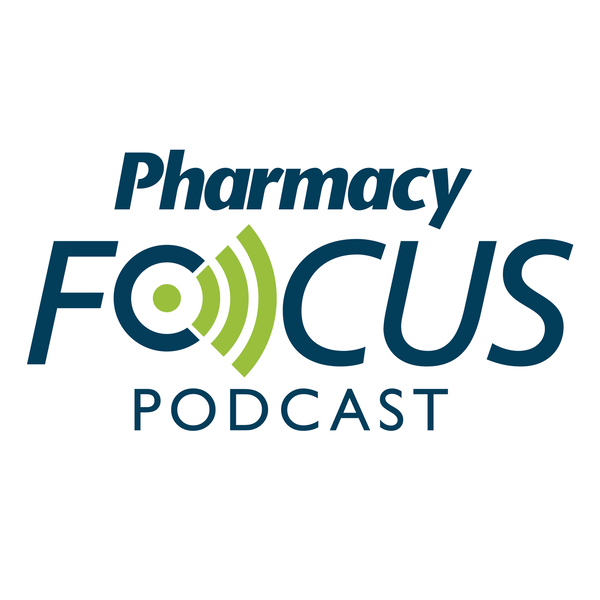Publication
Article
Specialty Pharmacy Times
Adoption of Biosimilars in the United States Faces Significant Hurdles
Author(s):
Payers and providers may be less likely to encourage the use of biosimilars due to multiple concerns.
To be considered a biosimilar, a drug must be highly similar to an approved biologic drug, without any meaningful differences in safety and efficacy from the reference product. Thus far, the FDA has approved 6 biosimilars, but for legal reasons, a majority have yet to launch. In 2017, the FDA could approve biosimilars for trastuzumab (Herceptin), bevacizumab (Avastin), and adalimumab (Humira), along with 2 biosimilars for pegfilgrastim (Neulasta).
In specialty pharmacy, biosimilars present a cost-containment opportunity to potentially lower the price compared with the reference product, according to the session, Biosimilars — Practical Implications for Specialty Pharmacy, presented at the Asembia Specialty Pharmacy Summit 2017. The biosimilars infliximab-dyyb (Inflectra) and filgrastim-sndz (Zarxio) emerged at a cost that was 15% lower than their reference products, Remicade and Neupogen, respectively.
Prices for the other approved biosimilars are not yet available. However, some payers have questioned whether a 15% discount is enough to increase the adoption of biosimilars among providers. Another barrier to biosimilar adoption is prescriber knowledge. Since physicians are data-driven, they need to properly assess a product before they change their prescribing habits.
Although many providers lack awareness regarding biosimilars, this is changing quickly, according to the session. Additionally, interchangeability remains a challenge for specialty pharmacies. With generics, pharmacists can easily make an intervention; however, with biosimilars, they may need to take the time to educate a physician about the lower cost alternative, the panelists noted.
The lack of interchangeability is also a concern for payers, since it may be difficult to get providers to prescribe biosimilars over the reference products. Interestingly, the session noted that if payers were to develop a way to fill a biosimilar prescription more easily than the reference product, uptake could increase.
Since there have only been a handful of biosimilar approvals, providers may be less likely to prescribe these drugs without being required to or without financial incentives, according to the session. Currently, payers are considering a standard benefit design for biosimilars, including step therapy, utilization management, and formulary management for pharmacy and medical benefits.
They are also exploring ways to partner with health systems to increase the uptake of biosimilars and develop tiers specifically for the drugs. Reducing the use of buy-and-bill programs would remove financial incentives for prescribing higher cost drugs, which could lead to higher biosimilar uptake, according to the session. Compared with retail pharmacies, specialty pharmacies may be better equipped to further the adoption of biosimilars since they tend to be more familiar with the therapies.
These pharmacists could intervene, when appropriate, to suggest a lower cost biosimilar to physicians. Biosimilars face an additional barrier from manufacturers of the reference product who wish to protect their profits. These companies are continuing to make more favorable agreements with payers to ensure that biosimilars would have a difficult time on the market, according to the panel. Even with the potential to drive down costs in the long-term, innovator companies are making it challenging for biosimilars.
For patients with a stable condition, switching to a biosimilar may be concerning, especially for those on therapy for an extended period. However, biosimilars should be thought of as any other drug for treatment-naïve patients in whom disease control may be less of a concern, according to the panel.
There are various concerns and a general lack of knowledge regarding biosimilars. Addressing these factors, along the potential emergence of more biosimilars, would likely lead to improved uptake of the drugs, the panel concluded.







